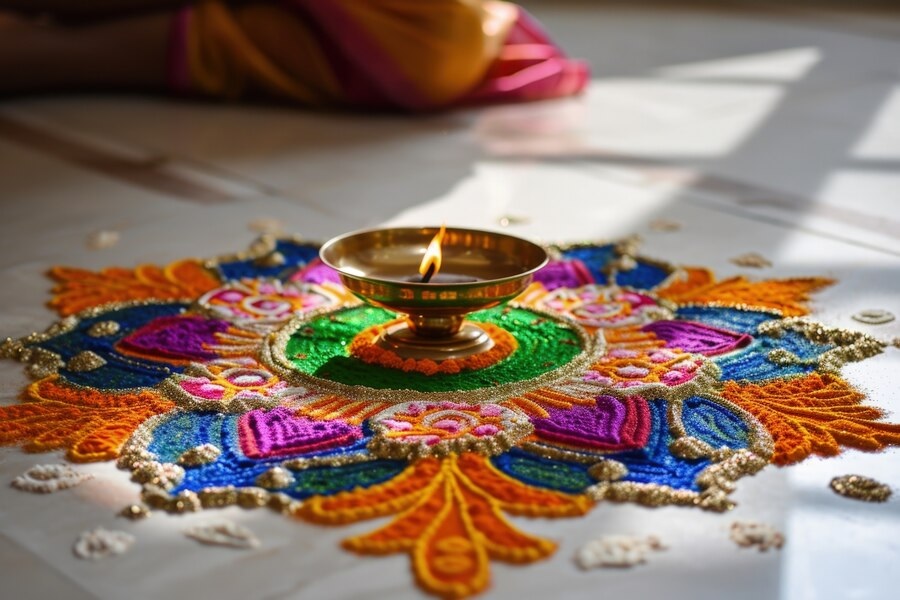Exploring the Fascinating World of Kambikuttan
Kambikuttan is a term that has piqued the interest of many, but what exactly does it mean? In this article, we will dive deep into the origins, cultural significance, and various interpretations of “kambi kuttan.” Whether you’ve come across this term through a cultural context or just stumbled upon it online, this comprehensive guide will help you understand it better. We will also explore why this keyword is gaining attention and how it relates to various aspects of life.
Introduction to Kambikuttan
The term “kambi kuttan” might seem unfamiliar at first glance, but it holds deep cultural roots. It’s a word with diverse meanings, ranging from its historical associations to its presence in modern-day contexts. Much like how certain cultural symbols or terms carry significant meanings across different regions, kambi kuttan represents an important cultural facet for some communities. But where did it come from, and why is it gaining attention?
As you navigate through this article, you’ll discover how kambi kuttan resonates in stories, media, and folklore, providing insight into how cultural expressions evolve over time. Whether you’re looking to understand its historical background or its modern-day implications, this article will walk you through each layer of kambi kuttan’s significance.
The Cultural Significance of Kambikuttan

Kambikuttan is more than just a word—it’s a symbol that carries cultural weight. In certain cultures, kambi kuttan could be connected to traditions or local stories passed down through generations. Much like how myths and legends shape societies, kambi kuttan has left its mark on the communities that recognize it.
Why Culture Shapes Our Understanding of Kambikuttan
When we look at cultural symbols like kambi kuttan, we can see how language and tradition influence how we view our world. For some, kambi kuttan might evoke nostalgic memories of tales told by elders, while for others, it may represent something entirely different, based on their exposure to media or literature.
Understanding kambi kuttan within its cultural context helps us appreciate the richness of language and how words can embody entire histories.
Different Interpretations of Kambikuttan
Kambi kuttan can be interpreted in various ways depending on the context in which it is used. For some, kambi kuttan may symbolize strength or wisdom, while others might interpret it as a reference to a character in a story or folklore. Each interpretation carries its unique significance, shaped by personal, regional, or historical viewpoints.
How Interpretation Shapes Its Meaning
Like a gemstone with many facets, kambikuttan changes depending on the angle from which it’s viewed. Is it a character from a story, or is it a term rooted in folklore? Each perspective offers a new lens through which to see its meaning.
Kambikuttan in Folklore and Stories

Many cultural tales and folklore reference kambikuttan. These stories often serve as moral lessons or ways to preserve important cultural values. The tales surrounding kambi kuttan may vary from region to region, but they all contribute to a shared understanding of this symbolic figure.
What Role Does Kambikuttan Play in These Stories?
Just like how heroes and mythical figures in Western stories represent virtues such as courage, kambi kuttan often symbolizes characteristics admired in the culture that tells these tales. Whether kambi kuttan is portrayed as wise, brave, or cunning, the stories paint a vivid picture of this figure’s importance.
Modern Usage of Kambikuttan
In today’s world, kambikuttan is not just a term confined to stories or cultural traditions. It has found its place in modern usage, particularly in online discussions and media. The way people use kambi kuttan today may differ from its historical context, but it remains a topic of interest and relevance.
How Has Modern Culture Adopted Kambikuttan?
Much like how older stories adapt to modern times, kambikuttan has found a way to evolve. Whether it’s used as a metaphor in literature or a trending topic on social media, kambi kuttan continues to hold sway in the public imagination.
Kambikuttan: The Symbolism
The symbolism behind kambikuttan can be profound. Depending on the interpretation, it might stand for resilience, wisdom, or even mystery. Symbols like kambi kuttan often offer a deeper meaning, allowing individuals to connect with them on a personal level.
Why Do Symbols Like Kambikuttan Matter?
Symbols provide a universal language through which we can share complex ideas. Kambikuttan is one such symbol that transcends mere words, representing a multitude of values depending on the context. This ability to encapsulate meaning is why symbols like kambi kuttan hold such enduring power.
How Kambikuttan is Portrayed in Media
From local films to TV shows, kambi kuttan has been featured in various forms of media. Whether as a character or a reference, kambi kuttan’s portrayal varies but remains a topic of interest.
Media’s Role in Shaping Public Perception of Kambikuttan
Media has the power to introduce terms like kambi kuttan to a broader audience, allowing it to take on new meanings. As kambi kuttan becomes more prevalent in media, the ways in which it’s perceived and understood continue to evolve.
Influence of Kambikuttan on Popular Culture
Pop culture often latches onto unique symbols and ideas, and kambi kuttan is no exception. Whether it’s featured in songs, movies, or online content, kambi kuttan has slowly woven its way into the fabric of popular culture.
Why Has Kambikuttan Become a Cultural Trend?
The growing presence of kambikuttan in popular culture highlights its adaptability. Just as certain words or phrases capture the public’s attention, kambi kuttan has become a topic that resonates with many, offering a rich cultural background coupled with modern-day relevance.
Why is Kambikuttan Gaining Popularity?
The keyword kambikuttan has recently surged in popularity, especially online. But why? Part of the reason is its unique cultural background combined with its increasing use in media and discussions. As people become more curious about the term, its prominence continues to grow.
What Factors Contribute to Its Rising Popularity?
Cultural curiosity, storytelling, and media portrayals all contribute to kambi kuttan’s rise in popularity. Additionally, the term resonates because it is versatile—whether you’re drawn to it because of its cultural roots or its modern-day relevance, kambi kuttan has something to offer everyone.
Conclusion: The Enduring Appeal of Kambikuttan
Kambikuttan is more than just a word; it is a cultural symbol that carries deep meaning and a growing appeal. From its origins in folklore to its rising prominence in modern media, kambi kuttan captivates the imagination and sparks curiosity.
As the term continues to evolve and gain traction, it serves as a reminder of the power of language and symbolism in shaping how we view the world around us. Whether you’re encountering kambi kuttan for the first time or have heard the term before, its journey through time and culture is nothing short of fascinating.
FAQs on Kambikuttan
1. What is the origin of kambi kuttan?
The origin of kambi kuttan is rooted in cultural stories and folklore, though its exact beginnings are unclear. It has evolved over time, gaining significance in various regions.
2. How is kambi kuttan used in modern contexts?
Today, kambi kuttan is used in discussions, media, and pop culture, sometimes as a reference to traditional stories and other times as a metaphor or symbol.
3. Is kambi kuttan associated with any particular stories?
Yes, kambi kuttan is often mentioned in folklore, where it may represent wisdom, strength, or cunning, depending on the story.
4. Why has kambi kuttan become more popular recently?
The increasing presence of kambi kuttan in media and online discussions has contributed to its recent surge in popularity.
5. What does kambi kuttan symbolize?
Kambi kuttan can symbolize various attributes, such as resilience, wisdom, or mystery, depending on the cultural or contextual interpretation.




